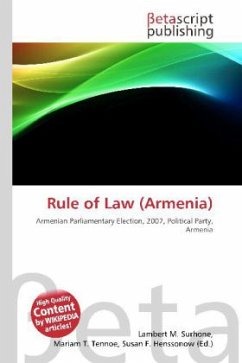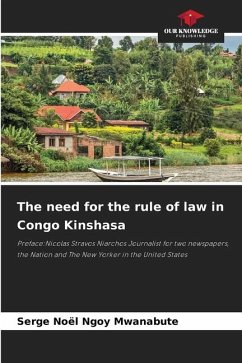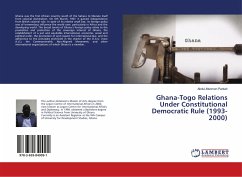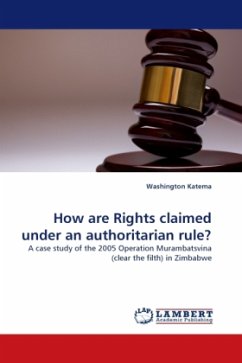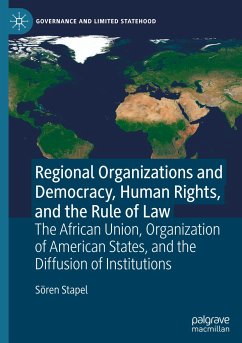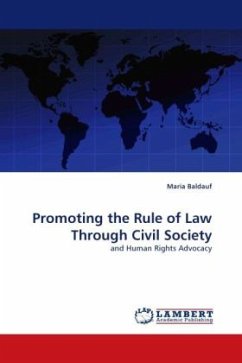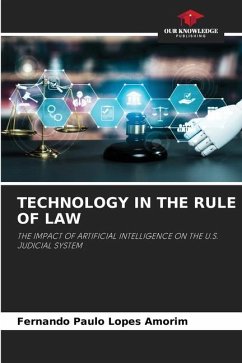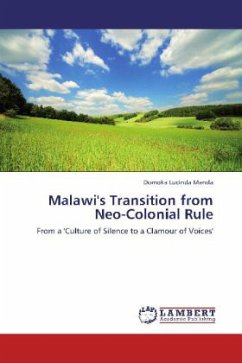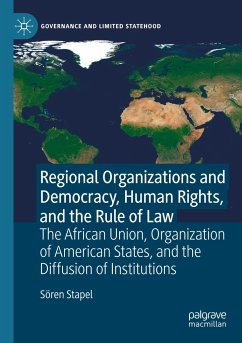
Rule of 1/1000th Common Ancestry
Versandkostenfrei!
Versandfertig in 6-10 Tagen
26,99 €
inkl. MwSt.

PAYBACK Punkte
13 °P sammeln!
Please note that the content of this book primarily consists of articles available from Wikipedia or other free sources online. The Rule of 1/1000 common ancestry is a criterion used to create meaningful family groupings. It was first adopted by Lawrence Kestenbaum to determine which individuals should be included with specific political families on the Political Graveyard website. The rule can be made applicable to other genealogy projects. For lineal ancestors, this can be approximated by 10th degree consanguinity. The reason this is approximate, and not exact, is that common ancestry is hal...
Please note that the content of this book primarily consists of articles available from Wikipedia or other free sources online. The Rule of 1/1000 common ancestry is a criterion used to create meaningful family groupings. It was first adopted by Lawrence Kestenbaum to determine which individuals should be included with specific political families on the Political Graveyard website. The rule can be made applicable to other genealogy projects. For lineal ancestors, this can be approximated by 10th degree consanguinity. The reason this is approximate, and not exact, is that common ancestry is halved every time the degree of consanguinity is increased by one. For example the degree of consanguinity of a parent is one. This means that a parent provides 1/2^1 or 1/2 of a persons ancestry (the other parent provides the other half). A 7th great grandparent has a 9th degree consanguinity, and therefore providing 1/2^9 or 1/512 common ancestry. An 8th great grandparent provides 1/1024 common ancestry which is as close as one can come to 1/1000th, and so this is the cutoff used.



